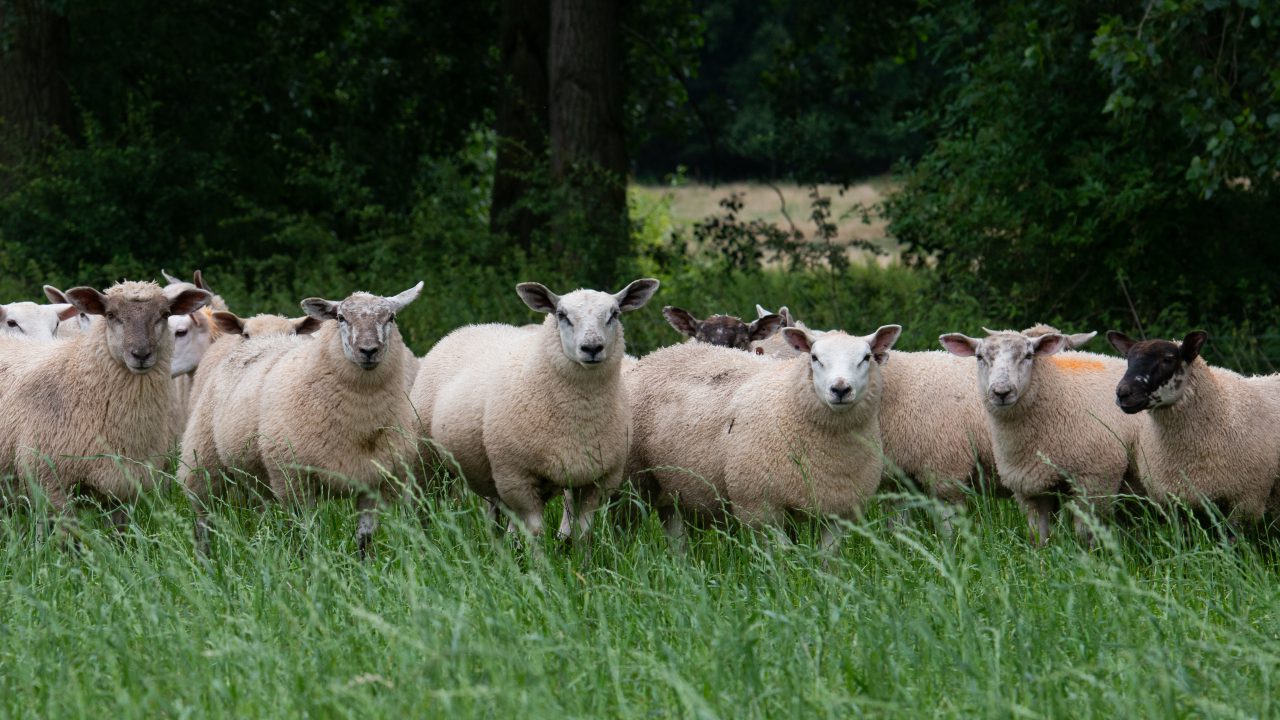Kevin Doyle from Phileo by Lesaffre UK & Ireland outlines some of the key nutrition and management factors to get right to ensure success.
Dividing lambs by finishing weight into short keep (35kg+), medium keep (30-35kg) and long keep (<30kg) can be very useful. This allows the most appropriate diet and finishing system for the lambs you have on farm, as these lambs will have different requirements in order to maximise the use of available forage (see figure below).
The table below demonstrates the effect of increasing liveweight on maintenance requirement and the resulting requirement to increase the diet’s energy density for heavier lambs to achieve a final level of finish.
As well as increasing the energy density, it is essential to maximise intakes in order to get these lambs to achieve target growth rates of >200g/lamb/day.
Excellent quality forage
High levels of liveweight gain require excellent quality forages. When forage is in short supply or quality is not adequate, concentrate feeding may be required to supplement forages.
Getting forages analysed is also essential when deciding if supplementary feed is required and the analysis results should be the starting point for any feeding plan.
Careful diet transitions are also essential as clostridial diseases such as pulpy kidney (clostridium perferinges type D) are most commonly seen during transitions onto a new diet, especially onto highly digestible diets as the bacterium, naturally present in the intestines, rapidly increase toxin production.
It is generally recommended to start with 300g/head/day of concentrate and increase by 100g every three days until lambs achieve the desired feed rate.
If lambs show signs of digestive upset or poor thrive, stop increasing feed rates until good condition is restored. Similarly, if lambs run out of feed for more than six hours, feed should be reintroduced slowly to avoid gorging.
Many hill-bred lambs will often reject feed (known as “shy feeders”), and these animals should be identified and grouped together for monitoring. Fresh, plentiful water should also be freely available at all time, with 1cm of trough space available per lamb to ensure adequate water intake.
Promoting efficient digestion
Feeding Actisaf live yeast to lambs has been proven to aid in diet transitions and support the bugs that stabilise rumen pH, reduce build-up of lactic acid and digest fibre.
In turn, this prevents digestive upset, acidosis and loss of performance, as well as increases VFA (energy) release from feed, the key driver of liveweight gain in lambs.
Trial results have shown that Actisaf improves average daily gain by 10%, feed conversion rate by 11% and increases carcass weight by up to 1.2kg/lamb over a typical finishing period.




